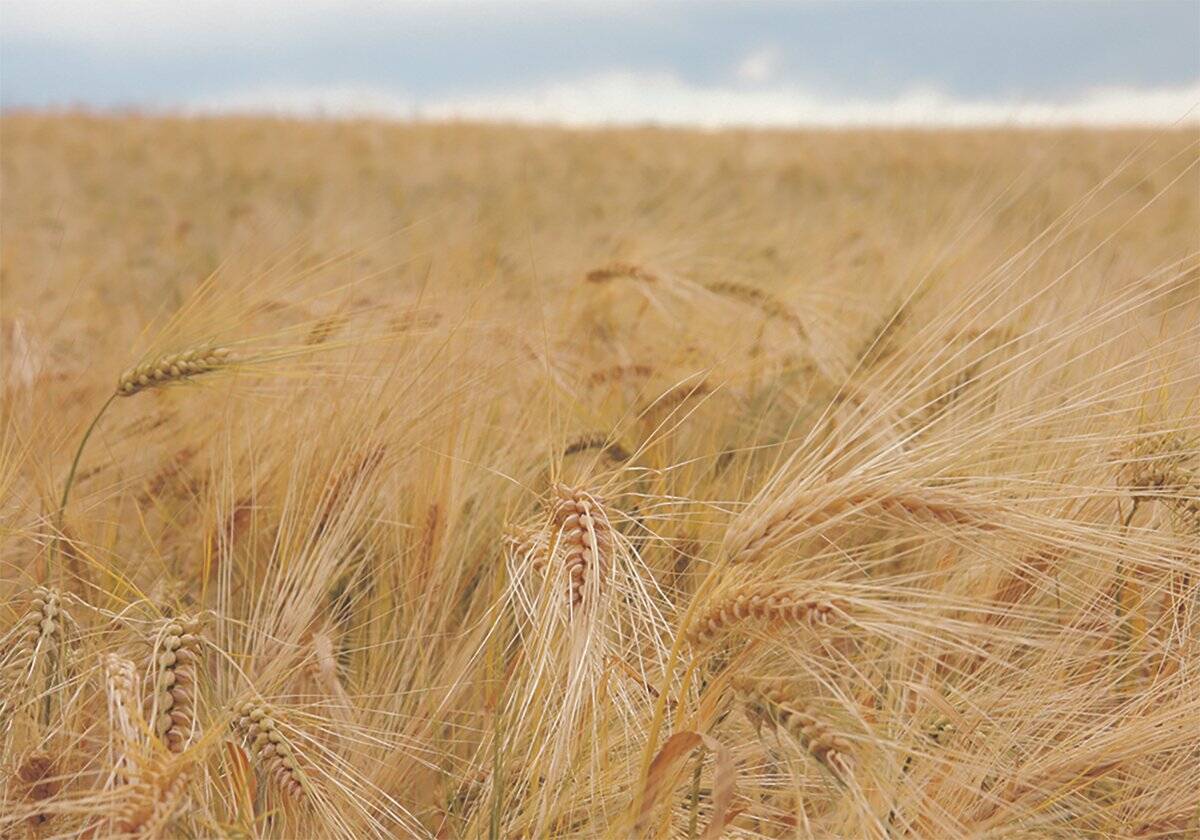(Resource News International) –– Statistics Canada will release an updated grain and oilseed stocks in all positions report on Monday (May 10) and while the numbers will be monitored, few surprises are anticipated.
Estimates for the period ended March 31 for canola, barley, oats and wheat were seen garnering most of the attention.
“The numbers will likely be used to adjust 2009-10 supply/demand tables for the various crops,” said Jerry Klassen, manager with G.A.P. Grains in Winnipeg.
Numbers will provide a good indication of feed usage for wheat, barley and oats during the past three months, he said.
Read Also

Feed Grain Weekly: Quiet trade to close the year
Feed grain prices are not expected to change drastically in the coming months, said a Saskatchewan-based trader.
Durum numbers in the report may also receive a bit more attention than normal, Klassen said, noting that with Canada`s durum export program not exactly pushing along at a strong pace, the domestic usage numbers become more important.
The stocks figures were also expected to provide a look at whether supplies of canola on-farm are as large or smaller than what’s being circulated in the trade.
“Based on the movement of canola into the cash market, supplies of canola may be a bit tighter than what the industry is anticipating, and individuals will be looking at the report to confirm this,” said Ron Frost, a Calgary-based analyst with Agri-Trend Marketing and Frost Forecasting Corp.
However, Frost expressed some doubt as to whether the report will actually show this tightness.
In terms of canola, the industry is fairly aware of the export and domestic needs, as that data is available on a weekly basis, said Mike Jubinville, an analyst with ProFarmer Canada.
“So if there is a surprise in the canola numbers it will come in the feed, waste and dockage category,” he said.
Feed, waste and dockage figures are the numbers economists use as a fudge factor, Jubinville said, when they can’t explain why there is more or less inventory than they thought there was.
“So if you see a fudge in the report, it is probably a reflection that the crop’s production estimate for the previous year was either too high or too low, depending on what the feed waste and dockage number shows,” he said.
Ken Ball, a broker with Union Securities Ltd., felt the grain stocks numbers will be quickly looked at, and then quickly dismissed in favour of other more market-moving fundamental or technical factors.














